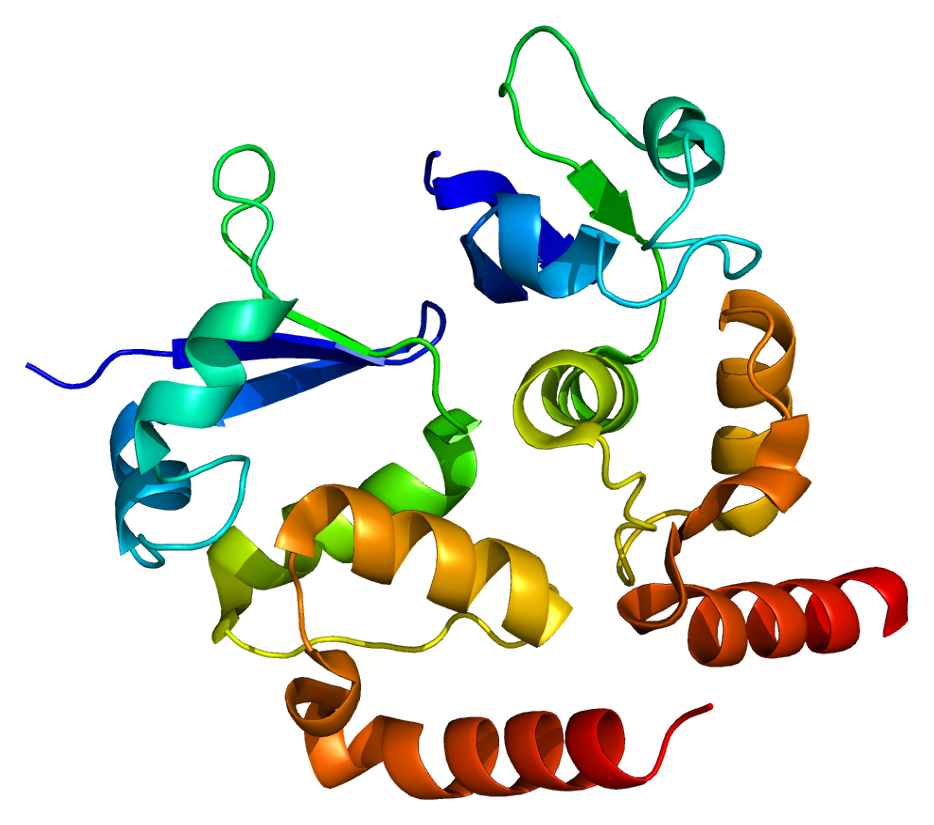
Voltage-gated potassium (Kv) channels represent the most complex class of voltage-gated ion channels from both functional and structural standpoints. Their diverse functions include regulating neurotransmitter release, heart rate, insulin secretion, neuronal excitability, epithelial electrolyte transport, smooth muscle contraction, and cell volume. Four sequence-related potassium channel genes – shaker, shaw, shab, and shal – have been identified in Drosophila, and each has been shown to have human homolog(s). This gene encodes a member of the potassium channel, voltage-gated, shal-related subfamily, members of which form voltage-activated A-type potassium ion channels and are prominent in the repolarization phase of the action potential. This member includes two isoforms with different sizes, which are encoded by alternatively spliced transcript variants of this gene. [provided by RefSeq, Jul 2008]
- Ion transport
- Potassium ion transport
- Regulation of ion transmembrane transport
- Protein homooligomerization
- Transmembrane transport
- Spinocerebellar ataxia 19
- Brugada syndrome 9
- Spinocerebellar ataxia type 19/22
- Brugada syndrome
- Right bundle branch block
- General Arrhythmia
- Brugada Syndrome
- Familial Atrial Fibrillation
Based on Ayass Bioscience, LLC Data Analysis
KCND3 Localizations – Subcellular Localization Database
Gene Location

Pathogenic Prevalence
% 0.0510725229826353
Ratio of samples with at least 1 pathogenic variant (Computed from Ayass Bioscience Samples)

Pathogenic Variants
A=0.000133(33/247646,GnomAD_exome)
A=0.000056(7/125568,TOPMED)
A=0.00015(14/90828,ExAC)
A=0.00006(2/31410,GnomAD)
A=0.00051(9/17570,ALFAProject)
A=0.0002(1/4480,Estonian)
G=0.5(1/2,SGDP_PRJ)
A=0.5(1/2,SGDP_PRJ)


